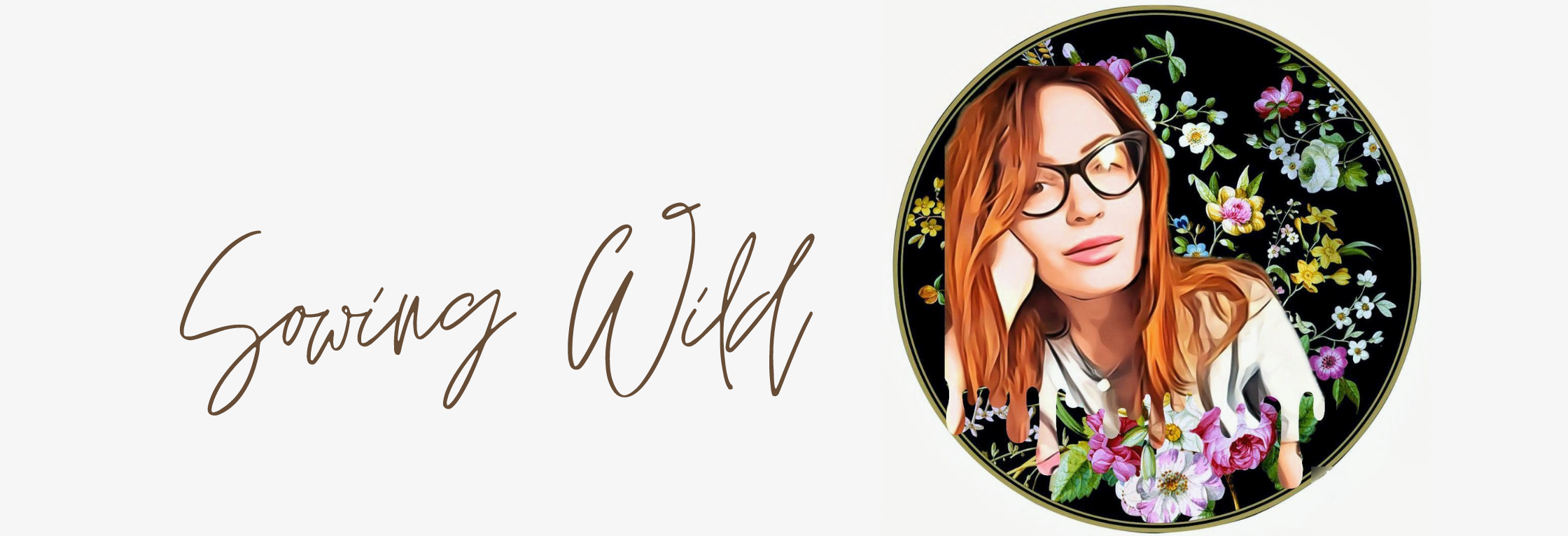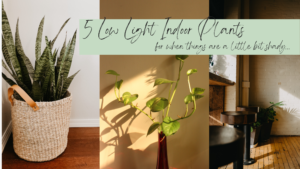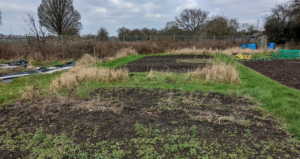Creating a windowsill herb garden has never been easier, and creating a green, edible display doesn’t have to break the bank!
I feel like there is nothing more decadent than cooking with fresh herbs straight from your kitchen. As a bonus, you’ve got the satisfaction of growing your ingredients entirely by hand – and after the initial setting up, you can save money throughout the year and avoid buying from the supermarket and watching everything wilt in your fridge.
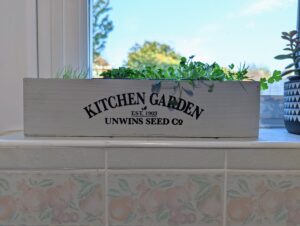
What you’ll need:
- Pots – anything above 6″ tall 4 square inches for each herb
- A tray/pot saucers
- Herb seeds/plug plants
- Good quality indoor potting soil
- A sunny windowsill
Why grow your own windowsill herb garden?
You can grow almost any herbs that you’d like to on your windowsill. And why wouldn’t you want to?
Sad ‘fresh’ herbs from the supermarket are wrapped in plastic packaging – at double or triple the cost! I’ve found that any time I venture into pre-packaged herbs, I always end up disappointed. By planting your own mini garden, you can grow fresh herbs all throughout the year.
Enter: the windowsill herb garden! While I don’t grow these on my own windowsill anymore, it’s a great option for those that don’t have a lot, if any, outdoor growing space.
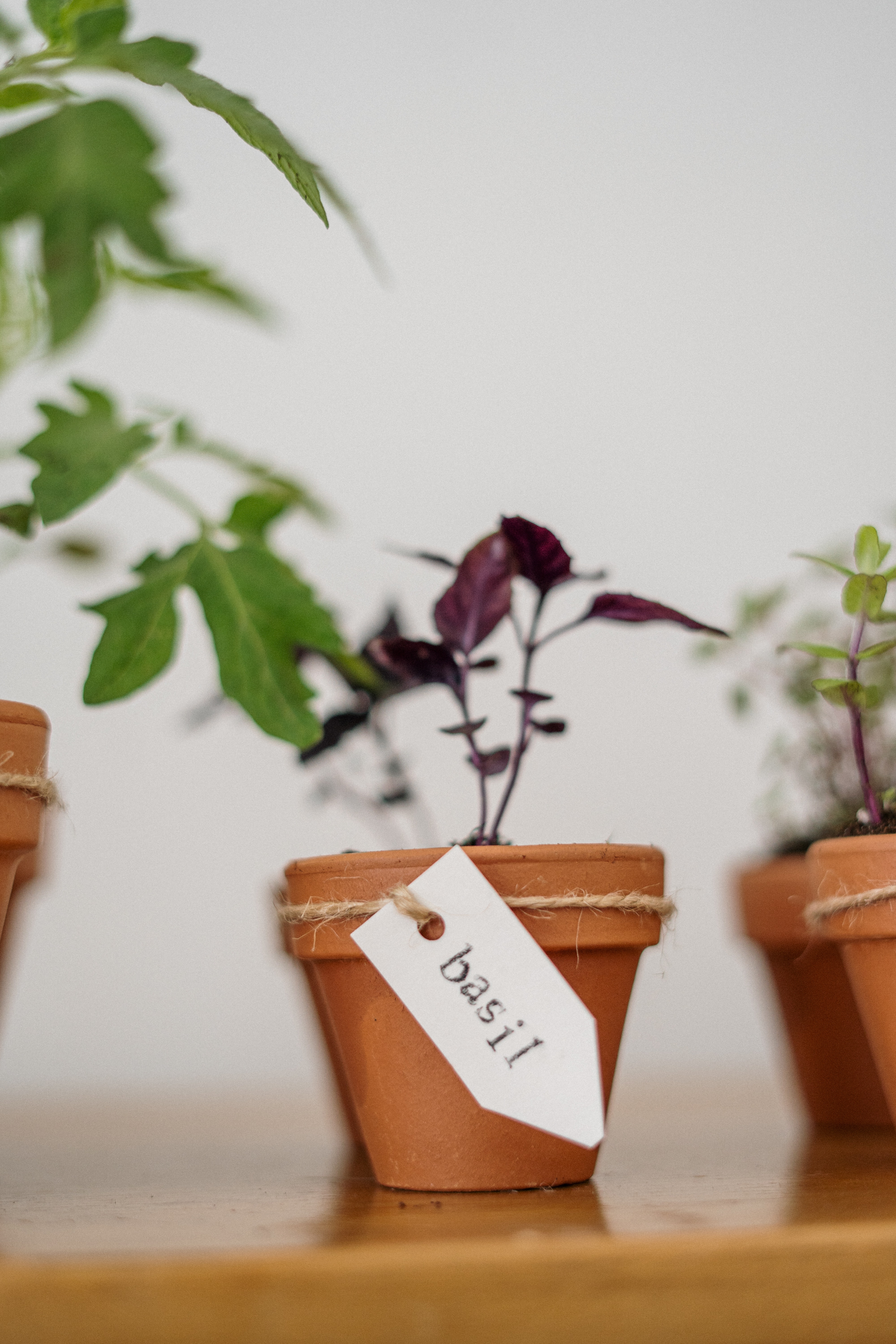 Choosing your pots
Choosing your pots
You can choose one of two different ways to grow your herbs. For beginners, the best way to go would be a single pot for each herb. If you prefer the look, however, you can plant multiple herbs in a trough type planter.
By planting multiple plants in a trough, you need to make sure that your herbs are ones that work well together. Good options include chives, oregano, and basil. It would also be well to remember that different seed/herbs will grow at different rates, so having multiple seed varieties in the trough could make things difficult further down the line.
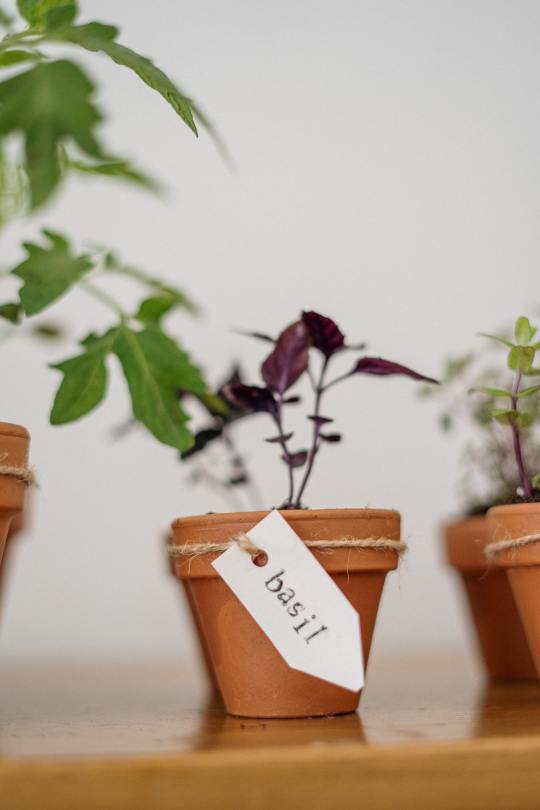
For simplicity, I like to sow each herb in a single pot. If everything is separate, it’s a lot easier to make sure each plant is getting what it needs to thrive. You’ll also be able to swap out
plants as and when you need!
As a general reference, you’ll need to choose pots or a trough that allow for around 4 square inches for each herb, and a depth of around 6 inches.
![]()
What soil is best?
You can pick up appropriate, good quality indoor potting compost from almost any local garden centre.
It’s recommended not to use regular soil from your garden. It will be too heavy and will compact the roots of your herbs. Garden soil and your home composting may also may introduce pests and diseases into your home
For best results, choose a compost that is sterile and well-drained, and without too many nutrients. While herbs will grow better with a nutrient rich soil, too much will weaken the flavours.
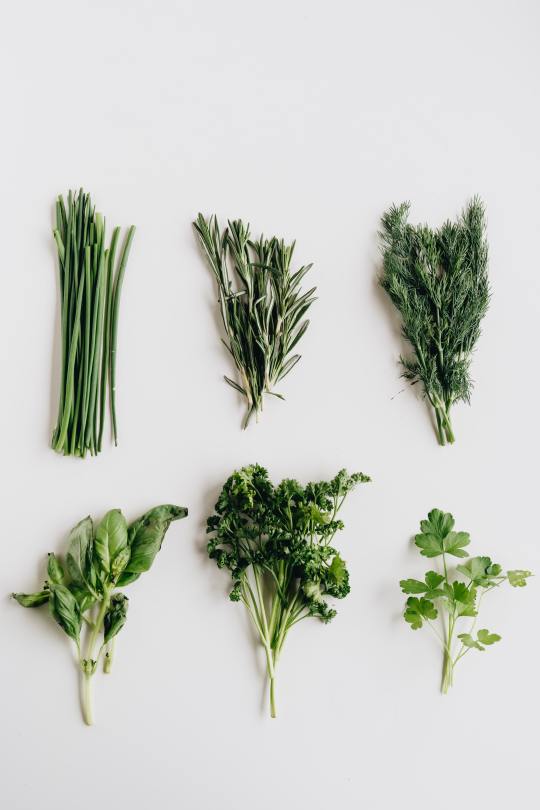
Although, herbs are hungry plants and you may find yourself needing to fertilise your soil every so often – a little once a month should be fine, and an all-purpose liquid/organic fertiliser that has a higher nitrogen content is best.
Planting and sowing
You’ve got your pots. You’ve chosen your herbs. Time to get your garden started!
Fill your pot up with soil, leaving around half an inch from the top free and I like to water in advance. Because many seeds are quite small, it’s all too easy to wash them out of place or too deep into the soil. It may also make it harder to water adequately down the line, and you could easily drown any germination that may have started.
Water thoroughly, and leave to soak for 5 minutes or so to make sure the soil is damp all the way through. At this point you may find that the soil has depressed further into the pot, so fill it back up to where it was.
Place your herb seeds sparingly into the soil. Depending on your pot size, it’s likely you won’t need more than 5 seeds per pot. .
I like to plant more seeds than necessary to increase chances of germination – you can always thin the seedlings out later if your pot is too crowded.
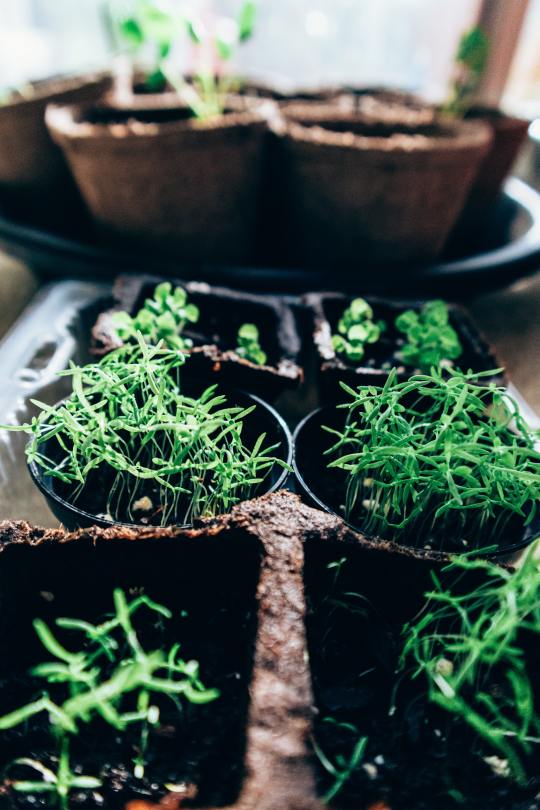
Once sown, lightly cover your seeds. Look at the back of your seed packet for guidance on the correct depth to cover to; you can usually cover the seed at twice it’s thickness with your compost.
You’ve already watered your soil through, but the fresh compost you placed afterwards may still be dry. It’s enough to use a spray bottle to moisten the top layer once or twice a day until the seed germinates and pops up through the soil.
The most common mistake at this point is to over water and cause your seedlings to ‘dampen off’. Since the depth of your soil should still be moist, the roots of the new seedling will ‘seek out’ more moisture and grow down, and you can get away with a light spritz every day until the plant is fairly established.
I use a heat mat to speed germination, but this isn’t necessary if you’re more patient than I am! Cover your seedlings with a propagator lid to lock in the humidity until the seedlings sprout. If you don’t have a propagator lid, covering with clingfilm should do the trick. You can also use a plastic bottle with the bottom cut off if you’d like to give a new lease of life to your recycling!
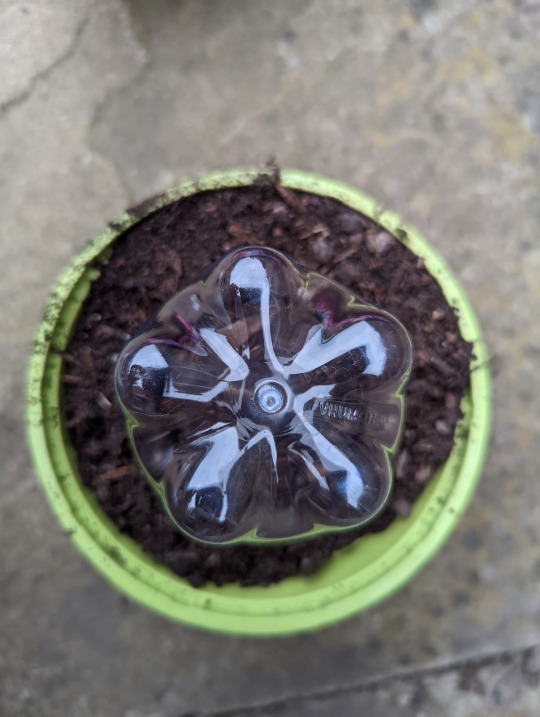
And voila! It can take a couple of weeks for your seedlings to emerge, but once they have you may take off whichever covering you chose to use. Keep the seedling moist, but not wet, and before long you’ll have fresh herbs in your kitchen.
General tips:
- Don’t overcrowd your pots. As mentioned before, seeds will germinate and grow at different rates. If you do want to over sow into your pots, you’ll need to thin out the weaker seedlings as you go along.
- Herbs will not last forever, and many are grown as annual plants. Annual herbaceous herbs will flower at the end of their life cycles, which you can delay through regular harvesting. When the plant eventually flowers, you’ll be able to harvest the seeds to plant new herbs!
- For continuous fresh herbs throughout the year, it’s a good idea to sow new seeds every four or so weeks.
- Take no more than 1/3 of leaves/stems at a time.
- Leave at least 3 weeks before harvesting your herbs to allow the plants to mature and grow enough to withstand harvest. You may also wait until the plant has its third set of ‘true leaves’.
Creating your own green indoor space is super easy and so satisfying! Have you created a herb garden before, and do you keep yours inside or outside?
As with all my posts and updates, these are the methods that have worked for me, and this isn’t the only way to start your windowsill herb garden. It’s always best to experiment for yourself and find out what works best for you – why not split a packet of seeds with a friend and work together?!
Of course, I’d love to hear from you, so please do comment below and sign up to my newsletter here!
Stay Wild and join me next time,
Althea x
